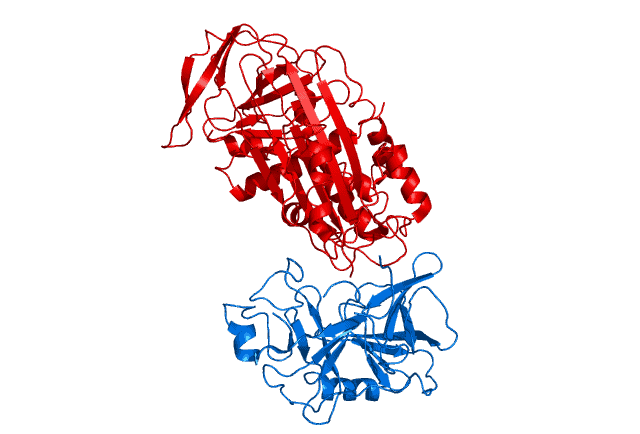A previous study found that Vikings suffered from massive worm infestations, and this may be the key to an inherited predisposition to emphysema and other lung conditions.
Messy Vikings
The remains of a thousand-year-old latrine revealed some nasty secrets. The Vikings may have been Europe’s most robust population, but they had their own problems. A study conducted on Viking faeces revealed that they were plagued by parasites – specifically, intestinal worms. The dirty world in which domestic animals and humans lived in, very close to each other, was perfect for these parasites.

Post-doc Martin J. Søe from the Department of Plant and Environmental Sciences and the Centre for Geogenetics at the University of Copenhagen, explains:
“It’s fascinating to be able to examine these extremely old parasite eggs and establish which species they came from,” says Søe. “We can use this to say something about what people suffered from during the Viking age and which domestic animals they kept in one location or another. It can also answer questions about the interaction between humans and animals and how close to each other they lived.”
Surprisingly, the fact that Vikings suffered from this could still affect people today.
Worms and lungs
Chronic obstructive pulmonary disease (COPD) and emphysema affect over 300 million people – 5% of the world’s entire population. The only inherited risk that scientists have identified is alpha-1-antitrypsin (A1AT) deficiency, and this risk is compounded if individuals smoke tobacco. However, A1AT protects the body from enzymes produced by parasitic worms. Deviants of A1AT have been observed especially in Scandinavia, but why this happens remained a mystery. Now, Richard Pleass from Liverpool University believes he has the answer.
He believes the intestinal worms of the Vikings are to blame.
“Vikings would have eaten contaminated food and parasites would have migrated to various organs, including lungs and liver, where the proteases they released would cause disease.”
In his paper, he showed that these deviant forms of A1AT bind an antibody called immunoglobulin E (IgE) that evolved to protect people from worms. In other words, if someone suffers from intestinal worms, deviants become much more likely and in turn, so do lung conditions. This can be passed on genetically.
“Thus these deviant forms of A1AT would have protected Viking populations, who neither smoked tobacco nor lived long lives, from worms.” Continued Professor Pleass, “it is only in the last century that modern medicine has allowed human populations to be treated for disease causing worms. Consequently these deviant forms of A1AT, that once protected people from parasites, are now at liberty to cause emphysema and COPD.”
Journal Reference: Genetic irregularities linked to higher risk of COPD among smokers






